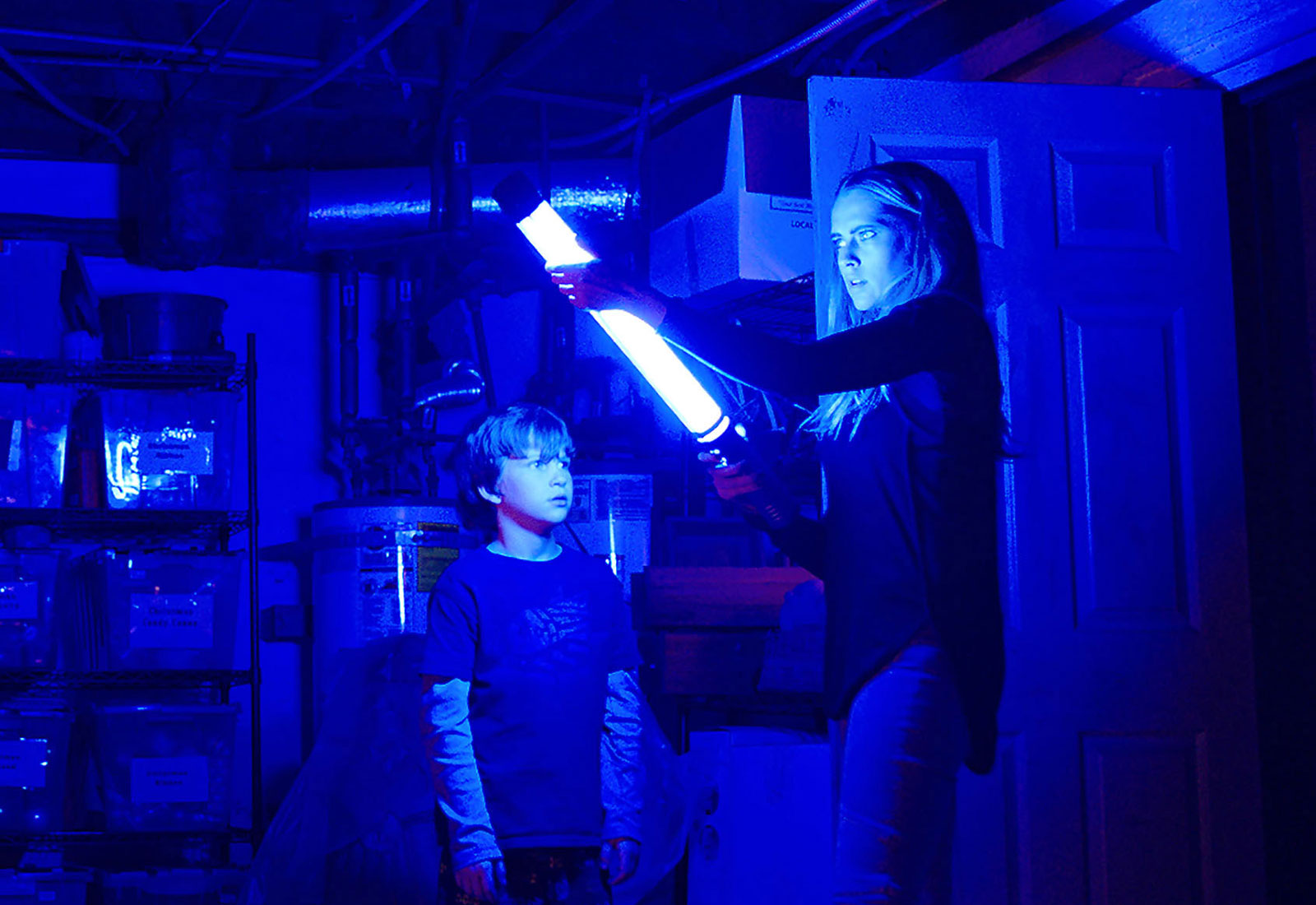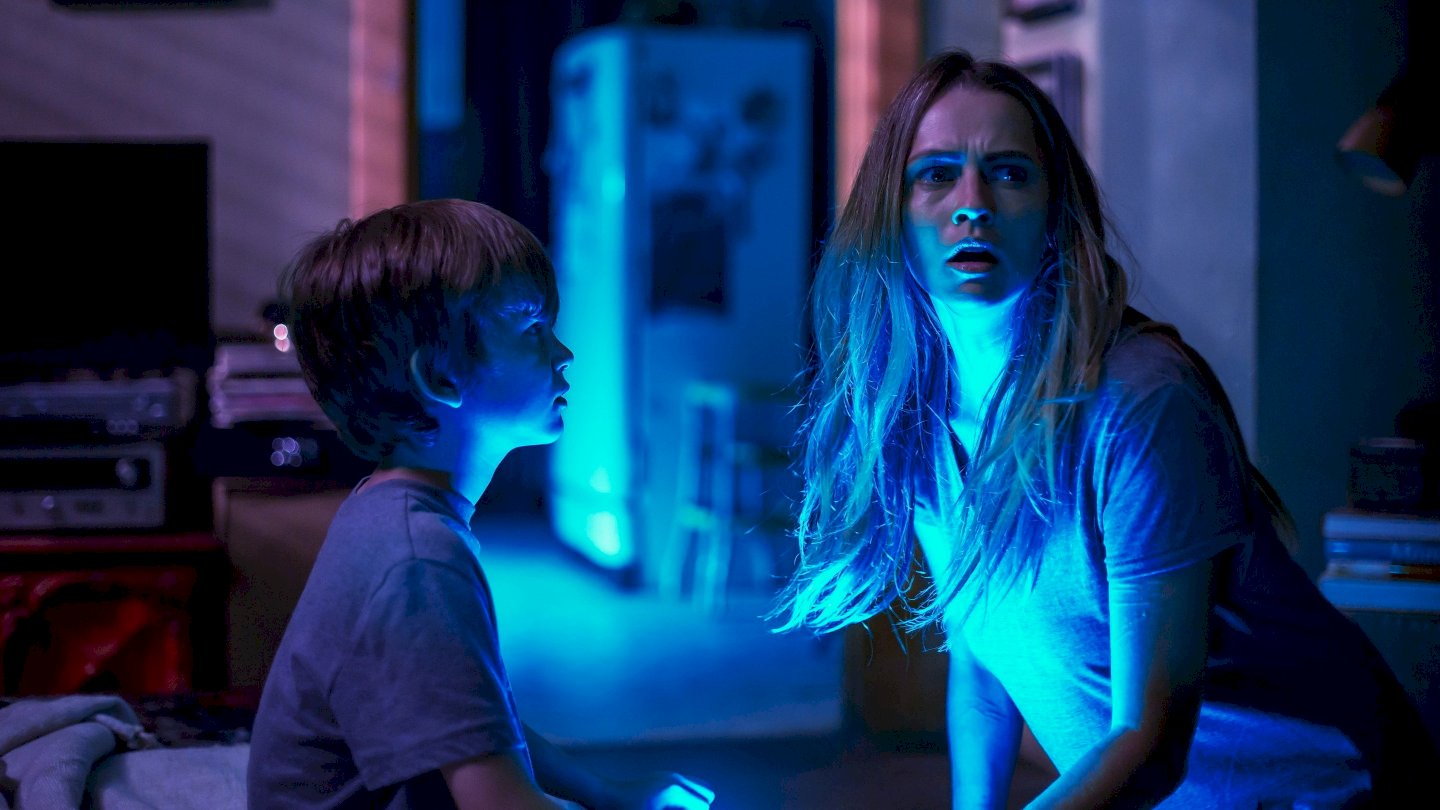
/cdn.vox-cdn.com/uploads/chorus_image/image/50185133/LO-FP-047.0.jpg)

By the time Cooper left, the series had inspired about 600 fan clubs.Ĭooper's run was characterized by grisly stories spiked with dark, tongue-in-cheek humor, a sort of radio Grand Guignol.

Cooper stayed on the program until June 1936, when another Chicago writer, Arch Oboler, took over. After a successful tryout in New York City, the series was picked up by NBC in April 1935 and broadcast nationally, usually late at night and always on Wednesdays. In January 1935, the show was discontinued in order to ease Cooper's workload (he was then writing scripts for the network's prestigious Immortal Dramas program), but was brought back by huge popular demand a few weeks later. By April, the series proved successful enough to expand to a half-hour. The first series of shows (each 15 minutes long) ran on a local NBC station, WENR, at midnight Wednesdays, starting in January 1934. At some point, the serial concept was dropped in favor of an anthology format emphasizing crime thrillers and the supernatural. In the fall of 1933, NBC writer Wyllis Cooper conceived the idea of "a midnight mystery serial to catch the attention of the listeners at the witching hour." The idea was to offer listeners a dramatic program late at night, at a time when the competition was mostly airing music. Lights Out was one of the earliest radio horror programs, predating Suspense and Inner Sanctum. All Rights Reserved.Lights Out is an American old-time radio program devoted mostly to horror and the supernatural.Ĭreated by Wyllis Cooper and then eventually taken over by Arch Oboler, versions of Lights Out aired on different networks, at various times, from Januto the summer of 1947 and the series eventually made the transition to television. Until she turns on the light.Ĭopyright ©2023 Dow Jones & Company, Inc. There’s simply a frightened woman hearing noises, seeing something, switching switches and cowering under the covers. This one, a debut feature, is awfully inept, whereas the short isn’t long enough for ineptitude to take hold, or for a story to develop. When they’re off, a shadowy figure appears, or makes menacing noises.) Still another reason is fear of foolish films.

(When they’re on, all is reasonably well, though the music may claim otherwise. Another reason is that “Lights Out” may mess with your circadian rhythms, what with lights being switched on and off incessantly. Sandberg based on his 3-minute short of the same name. Picturesįear of the dark isn’t the only reason to avoid “Lights Out,” a notably short horror flick-the running time is 81 minutes-that David F. Watch a film clip from "Lights Out," starring Teresa Palmer, Gabriel Bateman and Maria Bello.


 0 kommentar(er)
0 kommentar(er)
